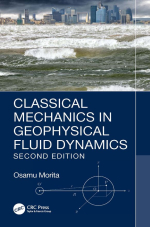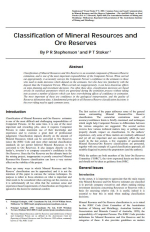Добрый день, Коллеги. Важное сообщение, просьба принять участие. Музей Ферсмана ищет помощь для реставрационных работ в помещении. Подробности по ссылке
- « первая
- ‹ предыдущая
- …
- 47
- 48
- 49
- 50
- 51
- 52
- 53
- 54
- 55
- …
- следующая ›
- последняя »
- « первая
- ‹ предыдущая
- …
- 47
- 48
- 49
- 50
- 51
- 52
- 53
- 54
- 55
- …
- следующая ›
- последняя »













